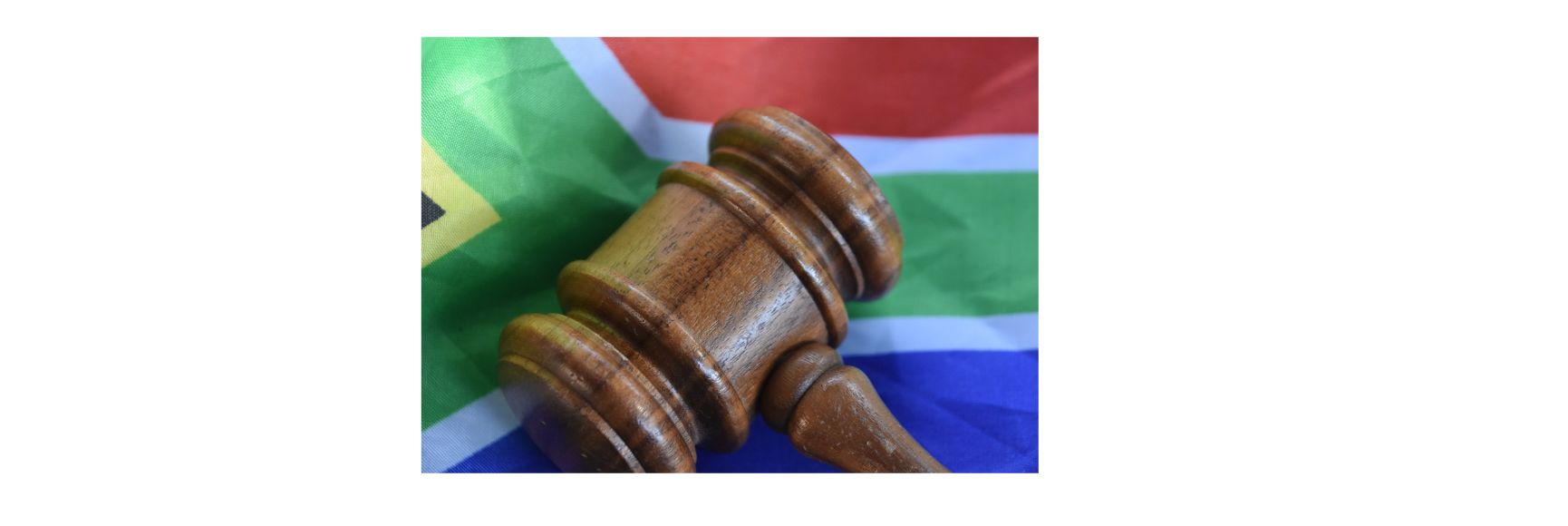
Posted by Joel Turkewitz[1]
Reducing corruption in customs operations in Afghanistan or in the purchase of rations for the military in Somalia are two of the surprising cases presented in a recent book from the World Bank. The book—primarily a compendium of case studies and country examples—illustrates how varied are the pathways used to reduce corruption. It also highlights many common features.
The World Bank’s Enhancing Government Effectiveness and Transparency: The Fight Against Corruption summarizes the evolution of policy and analytical work in the anticorruption arena and the World Bank’s own engagement on the topic. Previous studies, such as The Many Faces of Corruption (2007) and The Puppet Masters (2011) presented methodologies for analyzing corruption and identifying patterns of corruption in various sectors. More recent publications, such as All in the Family and the WDR 2017—Governance and the Law, explored the dynamics of systemic types of corruption that pose the greatest threat for development. Other studies offer guidance on how these power dynamics can be harnessed to reduce corruption. See Making Politics Work for Development , and Trust, Voice, and Incentives.
The current volume draws lessons from two decades of efforts to confront corruption in a wide variety of countries and environments. The chapters are organized around three themes—government functions, selected tools, and oversight institutions (see table below). The book also presents a country spotlight on “Malaysia’s Approach to Fighting Corruption” highlighting the country’s experience with building and sustaining an effective anti-corruption drive and key challenges and lessons learned over the last few decades.
The deductive method that is pursued highlights many countries and areas where corruption has been reduced. Successful efforts often do not correspond to the numerous ideas of “best practice” anticorruption protocols that have been put forward.
The core idea of the book—that small details matter greatly—discourages neat and simple anticorruption solutions, which are often too broad to be constructive. Successful results achieved by, say, the UK or Lithuania Anticorruption Agencies, or the Ghana Audit Agency, are due to a progression of hard-fought steps enabling these institutions to overcome internal and external resistance to changing how the public sector operates and who benefits from the services provided. The value of enacting an anticorruption law or creating an anticorruption agency are dependent on the actions that come after. The cases repeatedly demonstrate that changing practices, behaviors, and outcomes is a repeat game that encompasses disrupting the dynamics that enable corrupt transactions to take place and altering public and private expectations of public sector performance that allow and sustain corrupt networks and systems. Strategies for dissuading corrupt transactions look very different from approaches to undermining corrupt networks.
The book is a useful corrective to the view that corruption is getting worse or that nothing can be done to reduce it. The cases demonstrate how anticorruption efforts can make a difference regardless of a country’s overall governance or economic environment. The book begins with an excellent review of trends and measurement of corruption which contains some surprises. For example, enterprise-level data indicates that, in most regions of the world, corruption is less of a problem for the private sector than ten years ago.
The cases call for anticorruption principles and advice to be modified where necessary following a careful reflection of anticorruption experiences. New techniques for calibrating and monitoring corruption should be developed to complement existing measures that rely heavily on perceptions of corruption or counting anticorruption actions—be they the number of corruption prosecutions or the value of seized and/or returned assets. Such measures can be seriously misleading.
The book also serves to reaffirm the importance of a host of “success” factors, notably the essential role of political leadership in providing overall direction for reform and in creating an imperative for new behaviors. So, too, is the importance of administrative and technical leadership to create different ways of doing business, and to establish new institutional protocols and practices. Many of the chapters—for example, on customs, service delivery, and beneficial ownership—discuss how technology can be used to disrupt existing corruption networks. It can also help to change behaviors within the public sector and between state and non-state parties.
Another important theme is need for careful evaluation of the mechanics by which increased transparency leads to reductions in corruption. Efforts that move the needle pay attention to altering the micro-incentives of officials, and to coordinating actions to create expanding constituencies for change. Achieving impact on behaviors and outcomes requires rigorous analysis of the demand for information, how that information needs to be delivered in order to make it truly accessible, and what interactive platforms are necessary in order for transparency to drive change.
Ultimately, the book focuses less on defining the right way to fight corruption and more on guiding researchers and practitioners in the right direction. Its emphasis on the dynamics of anticorruption reforms, as opposed to the mechanics of corruption schemes, highlights issues like the sequencing of complementary reforms or the building of bridges across entry points and nations. Such issues have often been obscured. The study will undoubtedly prove to be useful to a wide range of practitioners, researchers, and individuals seeking to gain traction in confronting corruption.
[1] Legal Department, IMF. Mr. Turkewitz was a contributor to the World Bank book discussed in this article.
Note: The posts on the IMF PFM Blog should not be reported as representing the views of the IMF. The views expressed are those of the authors and do not necessarily represent those of the IMF or IMF policy.





